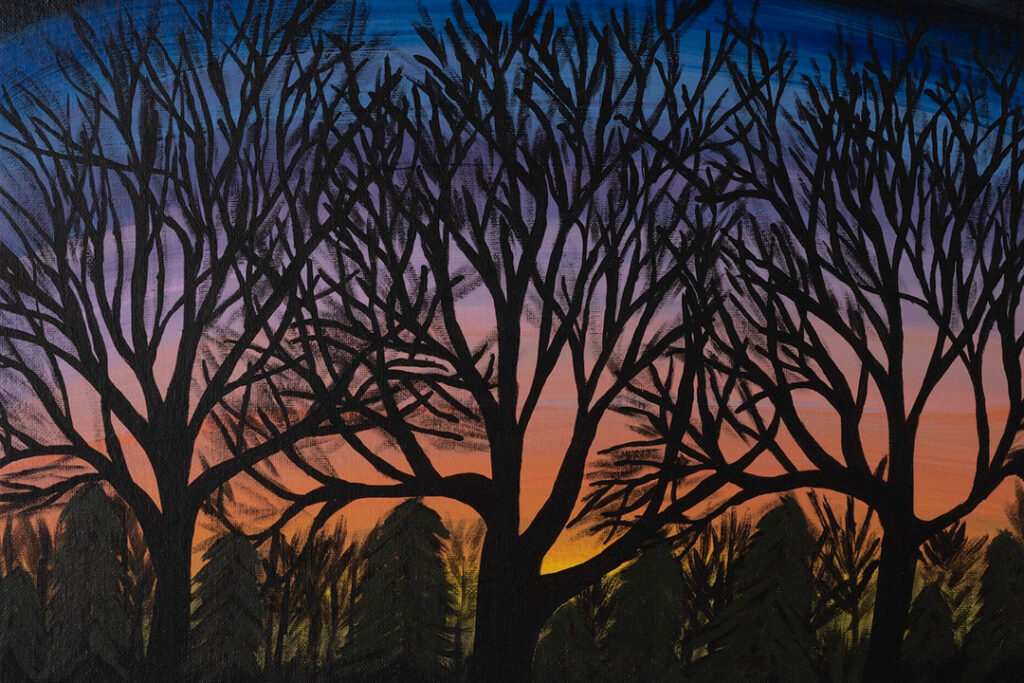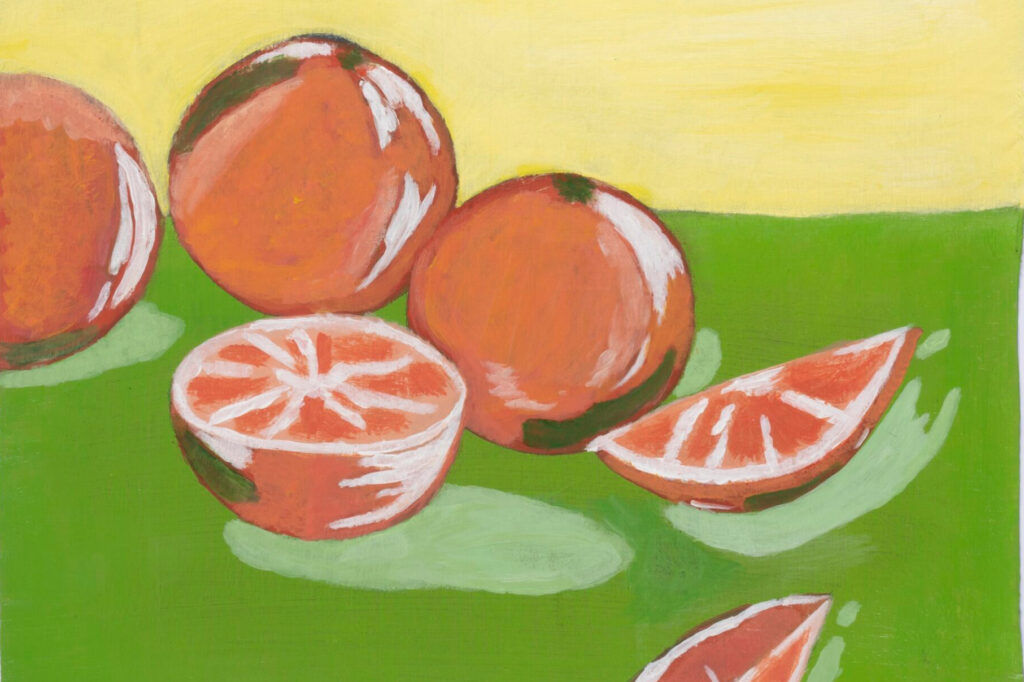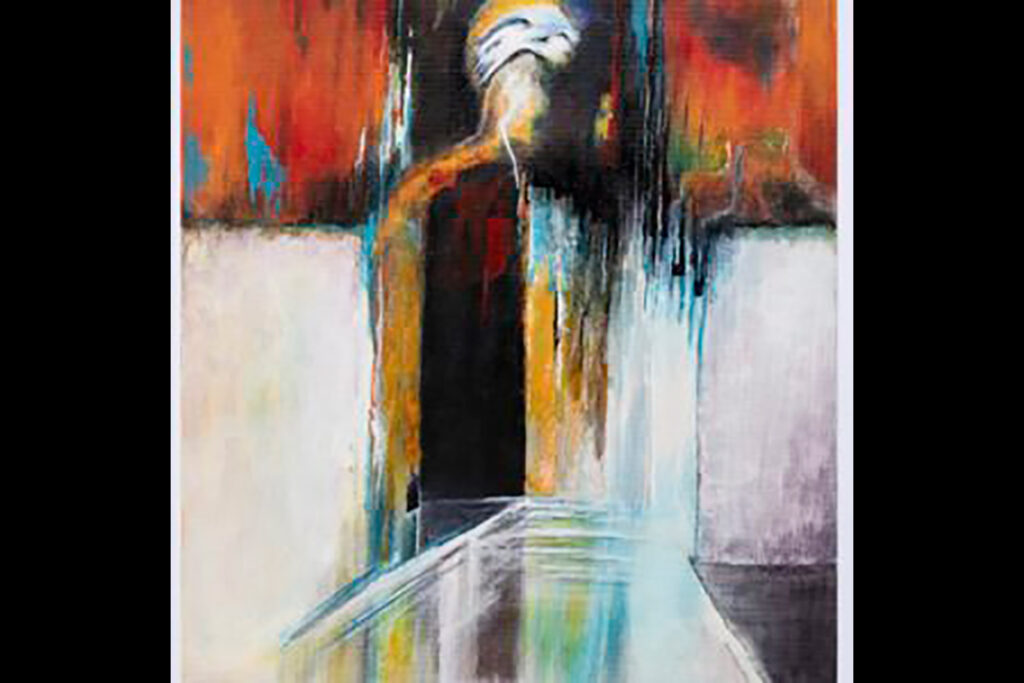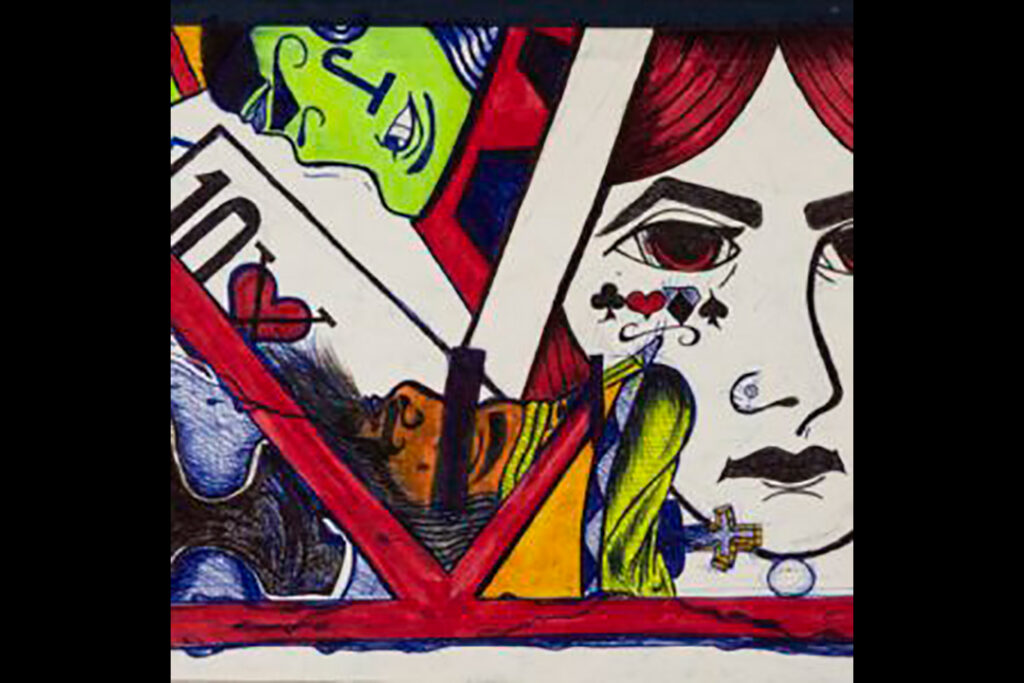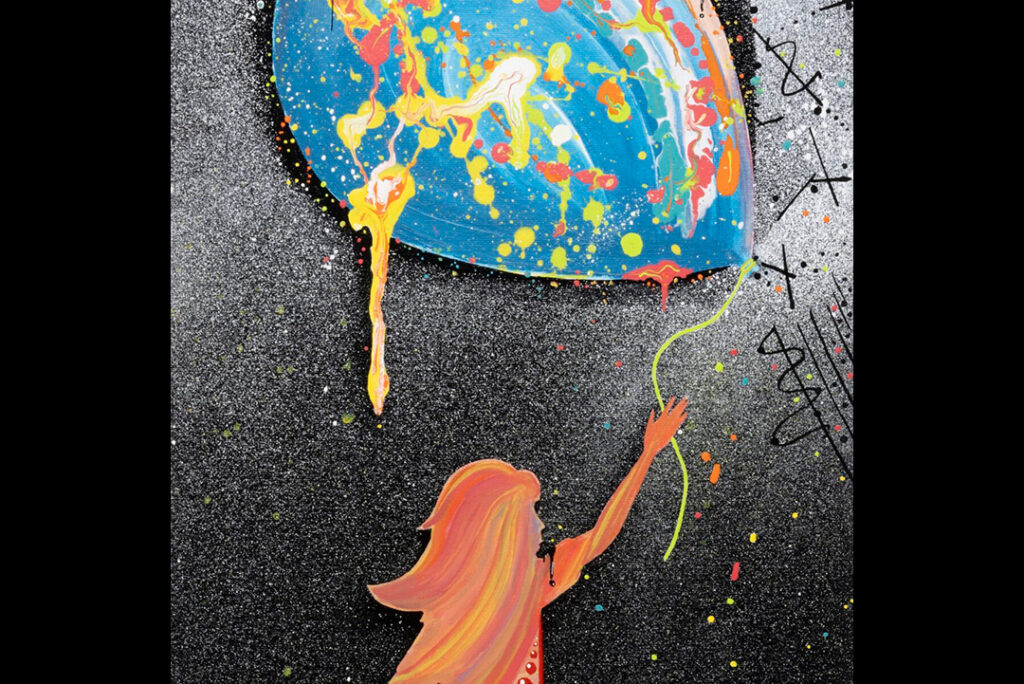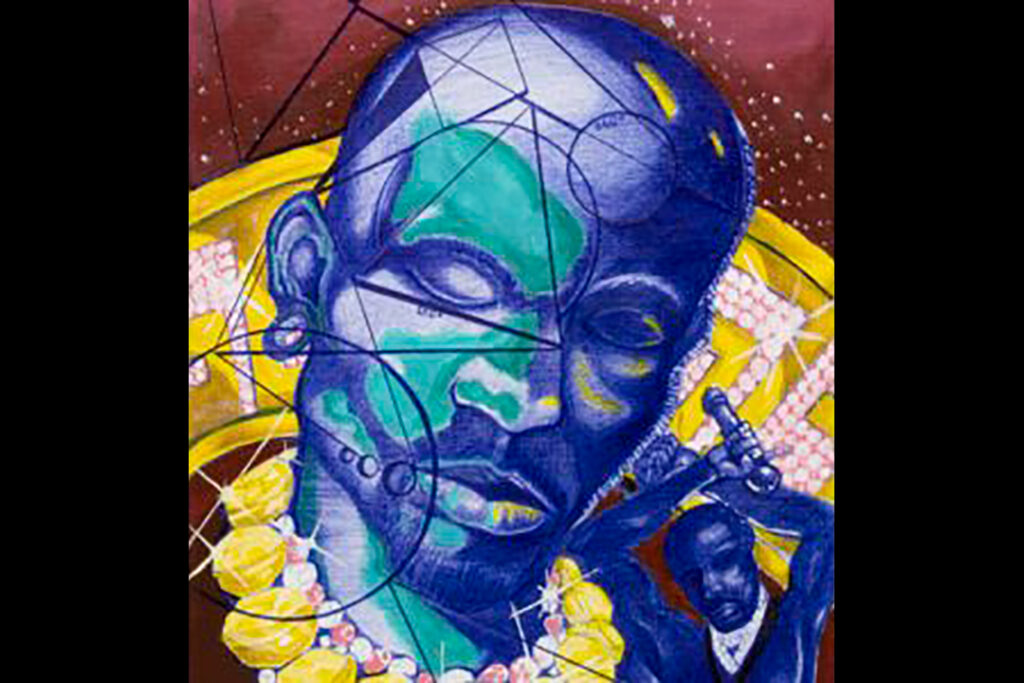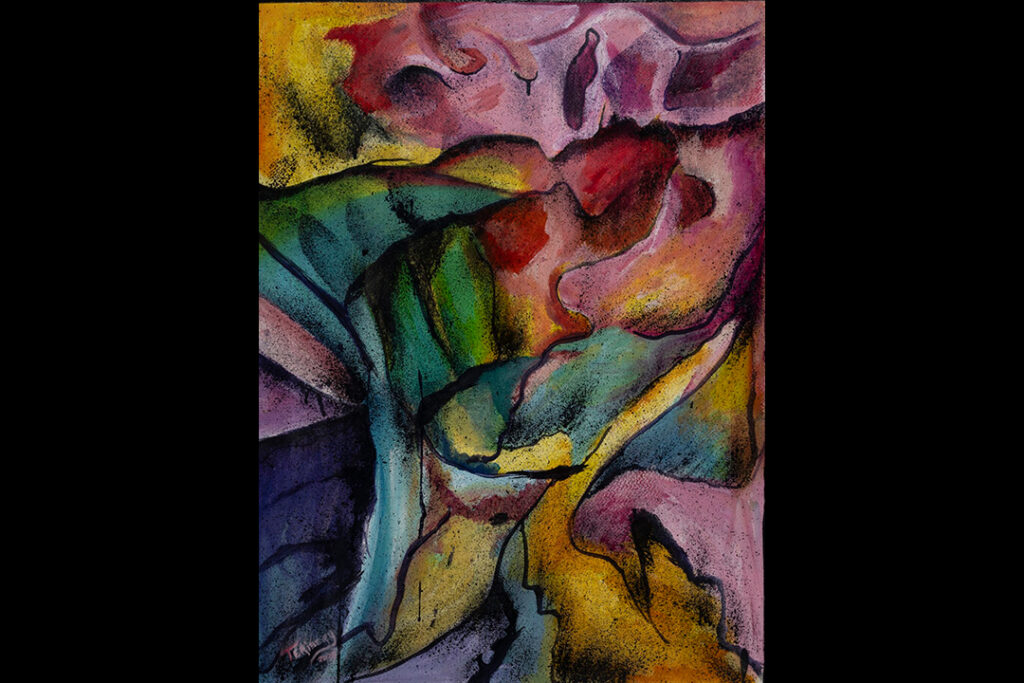The order that launched the Revolutionary War, 250 years later

The ‘shot heard ’round the world’ can be traced to one manuscript containing the orders for the Concord Expedition on April 18, 1775. The quill-to-paper draft orders, penned by British Army officer Thomas Gage, sparked the Battle at Lexington and Concord the following day. U-M’s Clements Library holds the document.
-
DoGood movement grows: Student iPhone app acquired by national company
The popular DoGood iPhone application developed by U-M students last year has been acquired by Tonic, a digital media company. It’s the latest of dozens of inventions by U-M students and faculty that are transforming the Michigan and national economies.
-
Entrepreneurship for social good
In U-M’s new Social Venture Creation course, students who want to make the world a better place are learning hands-on how to use business savvy and market principles to solve society’s challenges.
Plus: DoGood movement grows: Student iPhone app acquired by national company.
-
The biological roots of post-traumatic stress disorder
U-M researchers have found that PTSD, the severe anxiety disorder that can follow traumatic events, is not just a psychological problem. “Traumatic events can get under your skin and literally alter your biology,” says researcher Monica Uddin, whose team found that trauma seems to change gene expression, altering the immune system.
-
U-M researchers solve a molecular mystery in muscle
The muscle-building abilities of hormones known as insulin-like growth factors (IGFs) are legendary. But key details about how IGFs work on muscle cells have been lacking. Now, researchers have cleared up a longstanding mystery about the workings of IGFs. The team’s findings could lead to new treatments for muscle-wasting diseases and new ways of preventing the muscle loss that accompanies aging.
-
U-M law clinic frees another innocent man
The Law School’s Innocence Clinic secures the freedom of a man falsely imprisoned for murder since 2001.
-
An archaeological mystery in a half-ton lead coffin
In the ruins of a city that was once Rome’s neighbor, archaeologists last summer found a 1,000-pound lead coffin. Who or what is inside is still a mystery, said U-M’s Nicola Terrenato, who leads the largest American dig in Italy in the past 50 years. “We’re very excited about this find. Romans as a rule were not buried in coffins to begin with and when they did use coffins, they were mostly wooden. There are only a handful of other examples from Italy of lead coffins from this age.”
Columns
-
President's Message
Reaffirming our focus on student access and opportunity
U-M seeks to ensure every student will rise, achieve, and fulfill their dreams. -
Editor's Blog
Peace out
It's a mad, mad, mad, mad world out there. -
Climate Blue
Keeping our focus on climate
As federal support for climate science wanes, Ricky Rood remains hopeful. -
Health Yourself
Are you an ‘ager’ or a ‘youther’?
Why do some people appear younger or older than people born in the same year?
Listen & Subscribe
-

MGo Blue podcasts
Explore the Michigan Athletics series "In the Trenches," "On the Block," and "Conqu'ring Heroes." -

Michigan Ross Podcasts
Check out the series "Business and Society," "Business Beyond Usual," "Working for the Weekend," and "Down to Business." -

Michigan Medicine Podcasts
Hear audio series, news, and stories about the future of health care.
In the news
- USA Today US consumer sentiment and expectations fall again in April as tariff uncertainty continues
- CNN Beyond Ivy League, RFK Jr.'s NIH slashed science funding across states that backed Trump
- Detroit Free Press Inflation is slowing. Wages are up. So why does life feel costly for many Michiganders?
Creativity and connection across prison walls
One of the world’s largest and longest-running exhibitions of incarcerated artists is back with new programming designed to foster connection and deepen public understanding of incarceration in Michigan. The 29th annual Exhibition of Artists in Michigan Prisons, curated by U-M’s Prison Creative Arts Project, showcases 772 artworks by 538 artists incarcerated in 26 state prisons. The Duderstadt Center Gallery on U-M’s North Campus is presenting the artwork through April 1.









